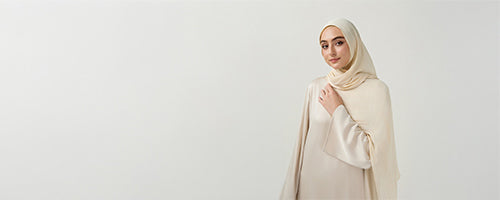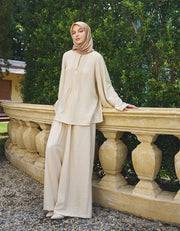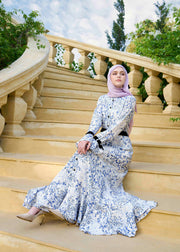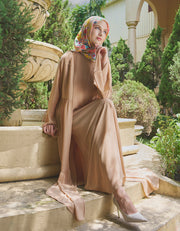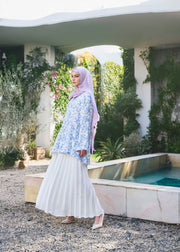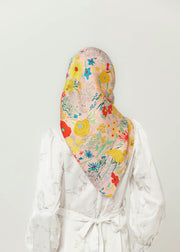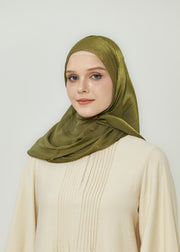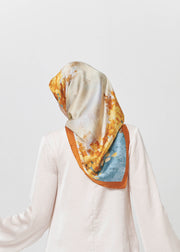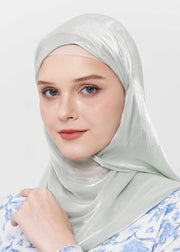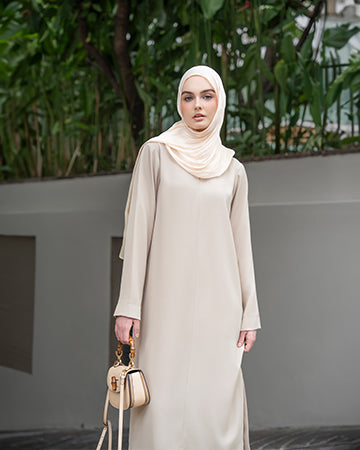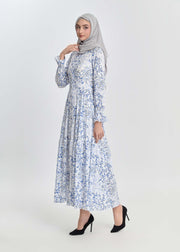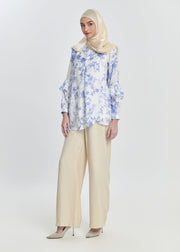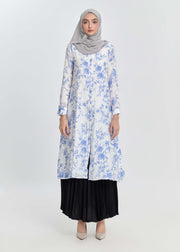Islamic Clothing for Women: What to Wear and Why
Introduction: The Meaning Behind Islamic Clothing for Women
Islamic clothing for women goes beyond style—it's a reflection of faith, identity, and modesty. Rooted in Islamic teachings, modest attire helps Muslim women express devotion to their values while also feeling comfortable and confident in public spaces. This article explores what Islamic clothing for women typically includes, why it’s important, and how modern interpretations balance tradition with fashion.
What Is Islamic Clothing for Women?
Islamic clothing for women refers to garments that meet the principles of hijab—a term that broadly means modesty in Islam. These clothes cover the body adequately, are loose-fitting, and avoid drawing unnecessary attention. While specific styles vary across cultures, the core purpose remains the same: to uphold dignity and modesty in line with Islamic values.
Common garments include:
-
Hijab: A headscarf that covers the hair and neck.
-
Abaya: A loose, robe-like outer garment typically worn over everyday clothes.
-
Jilbab: A full-length coat or dress with long sleeves, often worn outdoors.
-
Khimar: A long, cape-like veil that covers the chest and shoulders.
-
Niqaab: A face veil, worn by some Muslim women, that leaves only the eyes visible.
These pieces vary in design, but all serve the purpose of helping women dress modestly.
What Is Islamic Clothing for Women?
Why Islamic Clothing Matters in Muslim Women’s Lives
The significance of Islamic clothing is both spiritual and social. Here are some core reasons why it matters:
-
Religious observance: For many women, dressing modestly is a way to fulfill a direct command from the Quran. Surah An-Nur (24:31) encourages believing women to “draw their veils over their bosoms and not display their beauty.”
-
Identity and empowerment: Islamic clothing allows women to express their religious identity proudly. Far from being restrictive, many women report feeling empowered by choosing to wear modest fashion.
-
Protection and dignity: Loose and non-revealing clothing helps reduce unwanted attention and reinforces the idea that a woman's worth is not based on appearance.
-
Unity in diversity: Despite regional styles—from Turkish tunics to Gulf-style abayas—Islamic clothing serves as a unifying symbol across the global Muslim community.
Modern Interpretations of Islamic Clothing for Women
While the foundation of Islamic clothing remains modesty, today’s Muslim women also seek style and functionality. This has led to the rise of the modest fashion movement—a global industry that blends faith with fashion.
Key modern trends include:
-
Layered outfits with longline blazers, maxi skirts, and palazzo pants.
-
Neutral tones and monochrome abayas that create a minimal yet elegant aesthetic.
-
Sporty modestwear, like breathable hijabs and modest swimsuits for active lifestyles.
-
Embellished or printed jilbabs for special occasions like Eid or weddings.
With the growth of online modest fashion brands, women can now access a wide range of garments that meet both religious and aesthetic preferences.
Modern Interpretations of Islamic Clothing for Women
Cultural Influence on Islamic Women's Clothing
Islamic clothing is not a one-size-fits-all concept. Cultural background greatly influences how Muslim women dress modestly. For example:
-
In Indonesia and Malaysia, modern baju kurung styles are common.
-
In the Middle East, abayas and sheilas dominate.
-
In Western countries, layered outfits with modest tops and wide-leg trousers are widely adopted.
Despite these differences, the central theme of modesty unites all expressions of Islamic dress.
Tips for Choosing Islamic Clothing for Women
If you're looking to build or refresh your modest wardrobe, consider these tips:
-
Start with the basics: A few neutral hijabs, a plain black abaya, and a long tunic can form the foundation.
-
Prioritize comfort: Opt for breathable fabrics like cotton, chiffon, or jersey for everyday wear.
-
Check the fit: Clothing should be loose and non-revealing but not oversized.
-
Experiment with style: Explore prints, embroidery, or belts that accent modest cuts without compromising coverage.
-
Shop from ethical brands: Support companies that align with Islamic values in both design and production.
Tips for Choosing Islamic Clothing for Women
Conclusion: Dressing with Purpose and Pride
Islamic clothing for women represents more than just fabric and fashion—it’s a meaningful expression of faith, identity, and respect for divine guidance. With growing access to stylish, modest pieces, today’s Muslim women can dress with both conviction and confidence.
Whether you're choosing a new abaya, searching for everyday hijabs, or exploring elegant modestwear for special occasions, Minnaba is here to support your journey. Discover thoughtfully designed Islamic clothing that celebrates your values and complements your style—because modesty should never mean compromising beauty.

